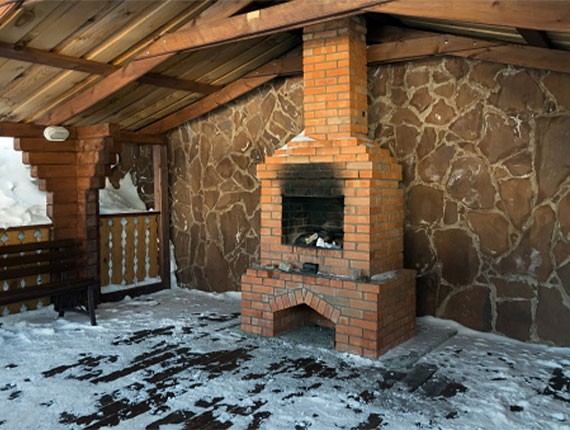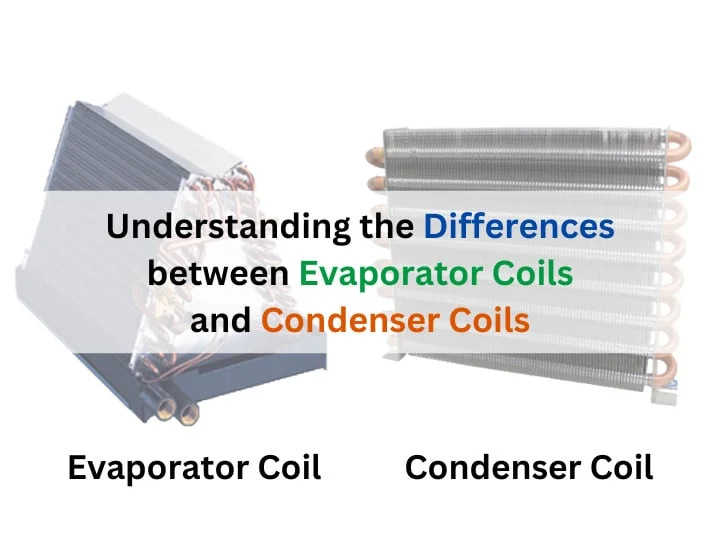When you burn wood in a fireplace or woodstove, it produces ash, wood particles, and smoke. You can call them soot and creosote, stored in the chimney.
Creosote and soot in chimneys can cause serious health effects. Both compounds build up in the fireplace and chimney over time due to constant usage.
As more soot builds up, you will eventually need to hire professionals once a year to have everything checked out, as the deposits need to be removed. Soot and Creosote are found in woodstove chimneys.
However, precautions can be taken by the user to reduce deposits. The user can reduce the risk and consequences of soot and creosote if the chimney gets cleaned once a year.
Creosote is unusual in that it is mainly composed of tar formed by inefficient burning of wood. Soot can result from inadequate combustion of oil, gas, or wood. Both are dangerous for human health.
So, it is essential to clean them on a regular basis to keep yourself safe from any future danger that the soot and creosote can cause.
What is Chimney Soot?

Chimney soot is a thick black or dark brown dust that forms when oil, gas, or coal is burned imperfectly in a closed environment. It is a byproduct of fireplace combustion.
Soot is formed at temperatures below 284 degrees. When a fuel, including wood or coal, burns, it decomposes into powdery dust. It is also responsible for a fire’s yellow or reddish-orange hue as it emits colors from the red to yellow spectrum.
Lampblack and carbon black are two new popular names for chimney soot. It is a feature point in the production of shoe polish. The texture of chimney soot can be powdery, dry, or greasy.
What is Creosote?
When burning wood or fossil fuels, we want to get as much heat as possible. However, if the airflow to the fire is inadequate, the fire will starve and not burn the fuel efficiently.
Volatile will escape and move through the smoke if the wood oil is not completely burned.
As the smoke rises, it cools and condenses inside the chimney, where water and other substances pass through the flue. Creosote is the name of that substance.
It is a colorless to yellowish greasy fluid with a smoky smell and a strong burnt flavor. There are three degrees of creosote that are dangerous.

First Degree of Creosote
The first-degree creosote is made up of soot. By using a chimney brush, you can easily remove it. It is the kind of creosote you will find in a chimney.
But it depends on you whether you are going to clean it or not. You can control the first degree of creosote if you can manage proper air during the combustion.
Second Degree of Creosote
The second-degree creosote appears as shining black flakes. It is mainly produced due to the lack of ventilation in wood stoves and glass-door ovens. Two creosote flakes contain solidified tar, which is difficult to remove as a combustion product.
Because of the risk of a dangerous chimney fire, it is essential to remove creosote. This creosote is more hazardous than first-degree creosote.
Third Degree of Creosote
The last, which means the third-degree creosote is exceedingly combustible and dangerous. This sort of creosote appears as a tar covering or flowing down the inside of the chimney.
If the chimney liner catches fire, the third-degree creosote will also catch fire. It can be the reason for any fire-related accident. If you don’t clean third-degree creosote, it will remain in the chimney and is very dangerous.
While there are a few viable options for removing third-degree creosote, replacing the fireplace cover is often the best option.
Is there any Difference Between Soot and Creosote?
There isn’t much of a difference between soot and creosote. However, soot is formed when oil, wood, gas, and coal are burned. Creosote, on the other hand, is made from wood and fossil fuels.
There is also a distinction in the color of the texture. The color of the soot texture is dark black and dark brown. The color of the creosote texture is yellowish or even colorless. These are some differences between soot and creosote.
Dangers of Chimney Soot & Creosote

Every home and office has a fireplace or chimney to keep them warm throughout the winter. When any wood is burned in a fireplace, smoke and ash are produced.
It develops a layer inside the chimney if left unattended and uncleaned.
The coating is black in color and has a greasy texture. It may bring a slew of issues if it isn’t addressed immediately.
The ashes from the chimney can fall and spread across the room. It has the potential to harm the room’s floor and furniture.
If you stay in that room, the ash can enter your lungs, causing severe health problems. The most dangerous accident that soot and creosote can cause is that they can lead to house fires. This type of fire is difficult to control. That is why we should try to get rid of chimney soot and creosote. It is recommended to have your chimneys inspected and cleaned once a year.
How to Get Rid of Chimney Soot and Creosote?
Creosote and soot in chimneys are a massive problem for every house and cause countless accidents annually. It is essential to clean it to avoid accidents.
Any fire-related accident can happen because of the soot and Creosote. By cleaning it, you can get rid of it. You have to follow some steps while cleaning it. Here are the steps that you should follow:
- You have to prepare the room by placing a tarp or plastic sheet around the fireplace to protect the furniture, wall, and window coverings. To improve airflow in the room, open all windows and doors to avoid all the risks that may happen because of the soot and Creosote.
- If you are going to clean it, you have to ensure that you have proper protection. You have to wear a mask, rubber gloves, and non-ventilated goggles.
- Don’t use fire to clean soot and Creosote from the chimney. It can lead to an accident.
- You can buy chimney soot and creosote cleaner from the market or make your own cleaner.
- If you want to make your cleaner remove soot and creosote, the next step is to make a cleaning paste then. It is pretty simple. You must mix the perfect blend of salt and liquid soap or detergent in a large bowl. You have to add 1/2 ammonia and stir it with a wooden spoon until it turns into a creamy paste.
- Then you have to apply a layer of paste to the creosote-saturated bricks while wearing rubber gloves. As you are doing this job, you should be able to scrape off the creosote after applying the mixture for 15-30 minutes. It will be best if you continue until the entire area is covered.
- You can also use vinegar to remove the soot and creosote.
- Rubbing is an essential part of cleaning. You have to rub in a circular motion until the paste, soot, and creosote are gone from the chimney. Then try to clean the fireplace with a hard brush or steel wool sponge when it is almost dry.
- If you have to clean the corner or any area where it is difficult to reach your hand, fill a spray bottle halfway with the mixture and cold water. Then you have to spray on that corner. If any soot and creosote substance remain, then clean it with a piece of cloth.
- In this way, you can get rid of the soot and creosote both.
- It is the easiest way to remove the soot and creosote from the chimney.
Final Note
You must keep your chimney clean if you own a home with one. Creosote and soot in chimneys are hazardous to your health and the structure of your home. It is essential to get rid of both of them otherwise they can lead to many problems.
We believe this will help you learn about some of the most effective ways to remove creosote and soot. These ways are recommended by the excerpts that you can follow without any concern.




